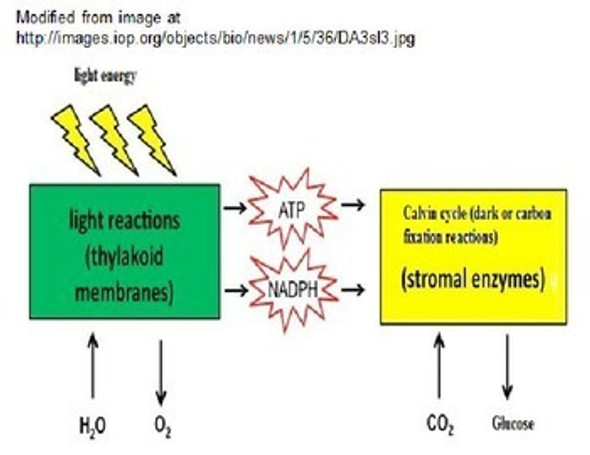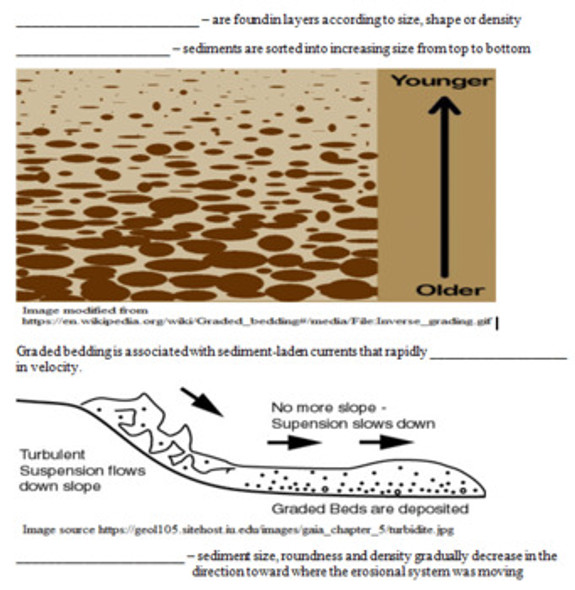Description
This zip file contains many different activities (122 pages of student handouts and a 2 PowerPoints with a total of 210 slides) which can be used to compose a unit involving Weather. Concepts addressed but not limited to include weather instruments, convection cells, land and sea breezes, monsoons, cloud formation, types of precipitation, low and high pressure areas, fronts, dewpoint, relative humidity and severe weather. The learning objectives and specific contents of this set of materials is listed below. This set of activities is suited for many earth science, environmental science or physical science classes. With teacher guidance, many components in these materials are adaptable to an enriched middle level science curriculum. I also have a weather learning activities unit that is more suitable to most middle school level students.
All documents are in PowerPoint, word or pdf format to allow you to edit the documents to meet your needs. Many of the activities in this package of activities are well suited and easily modified for use in distance learning environments. Answer keys for all student activities are provided.
The specific contents of materials in the package are as follows:
- Learning Objectives (NGSS, Common Core and NY State Earth Science Core Curriculum) (3 pp.)
- Weather Completion Notes (36 pp.)
- PowerPoint to accompany the completion notes with 7 closure/ticket out activities (127 slides)
- Weather Worksheet 1 (Variables Influencing Weather) (40 questions) (8 pp.)
- Weather Worksheet 2 (More Variables Influencing Weather) (38 questions) (8 pp.)
- Weather Worksheet 3 (Dewpoint and Relative Humdity) (30 questions) (7 pp.)
- Station Models Interpretation Activity (11 multi-part questions) (4 pp.)
- Weather Worksheet 4 (Cloud Formation and Precipitation) (25 questions) (7 pp.)
- Weather Worksheet 5 (Air Masses and Fronts) (36 questions) (9 pp.)
- Weather Worksheet 6 (Station Models, Synoptic Weather Map and Severe Weather) (40 questions) (16 pp.)
- Weather Worksheet 7 (Severe Weather) (24 questions) ( 3 pp.)
- Weather Exam (40 questions) (10 pp.)
- Weather Jeopardy Game PowerPoint (31 questions) (74 slides)
- Synoptic Weather Map Lab Activity (11 pp.)
- Weather Learning Standards and Objectives
NGSS Standard Addressed
HS-ESS3-1.
NY State Earth Science/Physical Setting Core Curriculum
Key Idea and/or Performance Indicators Addressed
Standard 2: Key Idea 1, Key Idea 3
Standard 6: Key Idea 5
Standard 4: Key Idea 2, Performance Indicator 2.1/Major Understandings 1.1 a, 21. b, 2.1 c, 2.1 d, 2.1 e, 2.1 f, 2.1 g, 2. h, 2.1 i
Performance Indicator 2.2/Major Understandings 2.2 a, 2.2 b, 2.2 c
Common Core State Standards Connections:
ELA/Literacy: RST.11-12.1, WHST.9-12.2
Mathematics: MP.2, HSN-Q.A.1, HSN-Q.A.2
Learning Objectives
Upon the completion of this unit the student will be able to:
1. list the major weather variables.
2. recognize that most weather occurs in the troposphere.
3. identify what is measured by the following instruments; thermometer, barometer, rain gauge, anemometer and wind vane.
4. define the terms isoline, isotherm and isobar.
5. list five major ways our atmosphere gains heat from insolation.
6. explain how convection results in heat transfer in the troposphere.
7. describe the influence of increasing altitude on air temperature, air pressure, relative humidity and the ability of the air to hold moisture.
8. list an advantage and a disadvantage of aneroid and mercury thermometers.
9. use a reference table to perform barometric pressure and temperature conversions.
10. explain why increasing the amount of water vapor in the atmosphere reduces the mass and density of the air.
11. explain why wind is a vector quantity.
12. relate the spacing of isobars on a weather map to wind velocity.
13. recognize winds are named for the direction they come from.
14. discuss the cause of land and sea breezes.
15. recognize that winds move from areas of high pressure to low pressure.
16. discuss how and why major global convection cells occur.
17. explain what causes the jet stream and why this is important.
18. list several planetary wind belts.
19. recognize the prevailing winds serve as a major driving force for ocean currents.
20. state the average direction of the prevailing winds in the mid-latitudes of the United States.
21. explain the cause of the wet and dry monsoons in south Asia.
22. define the following terms; water vapor, evaporation, condensation, deposition, transpiration, evapotranspiration and sublimation.
23. explain why evaporation takes large quantities of energy from the surrounding atmosphere.
24. explain why condensation releases large amounts of energy to the environment.
25. recognize the rate of evaporation equaling the rate of condensation is an example of dynamic equilibrium.
26. describe the influence of the following factors on the net evaporation of water; available energy, greater water surface area, relative humidity and wind speed.
27. explain the difference between absolute humidity and relative humidity.
28. explain how a hygrometer or sling psychrometer is used to determine the wet bulb and dry bulb temperature of the air.
29. use reference table to determine dewpoint or relative humidity.
30. discuss in several steps the process of cloud formation.
31. explain the role of condensation nuclei and gravity in precipitation.
32. list six types of precipitation and explain how they differ.
33. list three different factors which can force air to rise in the atmosphere.
34. explain what a front is.
35. define the term atmospheric transparency.
36. explain how humidity, smog, pollution and precipitation influence atmospheric transparency.
37. define the term visibility.
38. list and describe four major types of air masses (cT, mT, cP, mP) and their environments of formation.
39. describe how warm fronts, cold fronts, stationary fronts and occluded fronts are formed and describe the weather associated with each front type.
40. properly use symbols to represent warm fronts, cold fronts, stationary fronts and occluded fronts.
41. explain what a dry line is, where it is typically formed and why it is important in terms of forecast prediction.
42. recognize computer modeling has allowed us to pinpoint probabilities between weather variables.
43. recognize the closer air temperature is to the dewpoint, the greater the probability of precipitation.
44. recognize that falling air pressure usually indicates an approaching storm system.
45. describe the patterns of air circulation in reference to high or low pressure areas.
46. recognize that the use of Doppler radar is important to weather forecasting.
47. use station models to represent local weather conditions at a specific time.
48. interpret weather conditions from a station model.
49. list some major dangers from thunderstorms and how to remain safe from these dangers.
50. list some major dangers from hurricanes and how to remain safe from these dangers.
51. explain why hurricanes often track northeast in the mid-latitudes.
52. list some major dangers from snow and ice storms and how to remain safe from these dangers.
53. list some dangers from tornadoes and how to remain and stay safe from those dangers.
54. list some safety precautions to take during heat waves.
55. explain how lake effect snow forms.
Terms of Use
Purchase of the product is for classroom use by the purchaser only. It is a violation for individuals, schools, and districts to redistribute or sell this item on the Internet or to other individuals. I do encourage you to use and edit these documents to suit your needs with your own students in distance learning environments.
This work is licensed under a Creative Commons Attribution-NonCommercial-ShareAlike 4.0 International License.


















